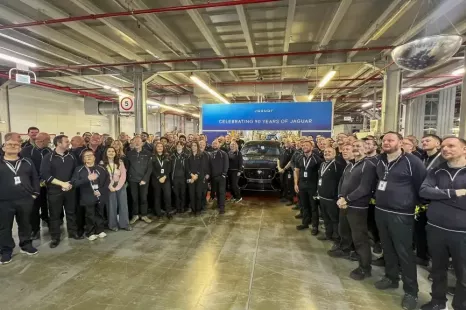

Damion Smy
Last petrol-powered Jaguar built
20 Minutes Ago

News Editor
Tesla CEO Elon Musk has teased the next vehicle from the brand at the company’s annual shareholder meeting.
He previewed a single shadowy teaser of the vehicle’s silhouette, featuring a familiar fastback profile but what appear to be sharper lines towards the rear.
A sharp crease runs down the side of the vehicle, and there’s an abrupt tail.
However, the teaser is too dark for us to clearly make out whether this is a sedan, hatchback or crossover, or even just a placeholder image using one of the brand’s existing vehicles.
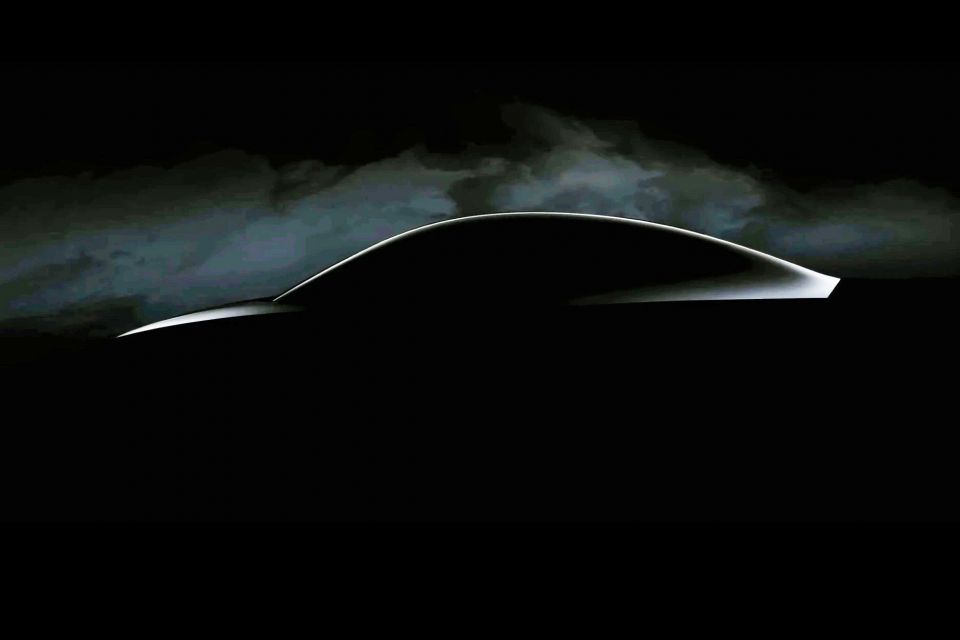
While only one teaser image was shown, Mr Musk referred to two new vehicles in development.
“I just want to emphasise, we are actually building a product, we are actually designing a new product, we’re not sitting on our hands here,” he said as the teaser appeared on a screen next to him.
“There are two new products that I think you’ll be very excited about.
“Both the design of the products and the manufacturing techniques are head and shoulders above anything else that is present in the industry.”
He said he predicts the company will make in excess of five million units annually of the two new models combined – but didn’t say when Tesla plans to reach this level of output.
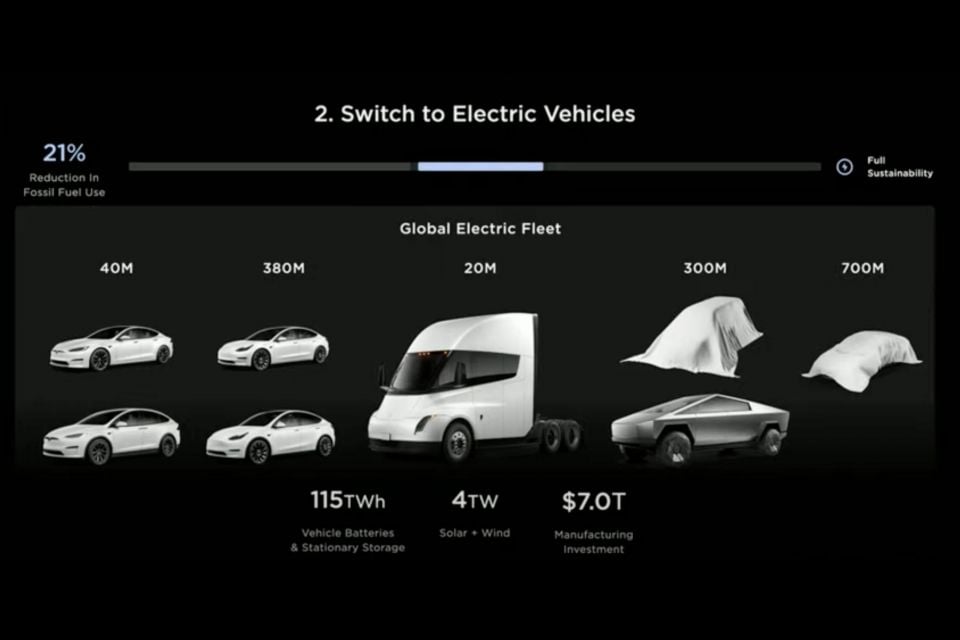
The next-generation vehicles are expected to include a vehicle to slot in under the Model 3, while a robotaxi version has been confirmed.
Tesla’s vice president of vehicle engineering, Lars Moravy, shed some light on the automaker’s next-generation vehicles at its Investor Day earlier this year.
“Elon alluded to the fact that [Tesla’s new factory in Mexico] will build our next-gen vehicle, but we will also be doing that in our other plants,” said Mr Moravy.
“And so it’s really about getting them all up and running. We expect that to be a huge volume product, and we’re gonna move that quickly over the next couple of years.
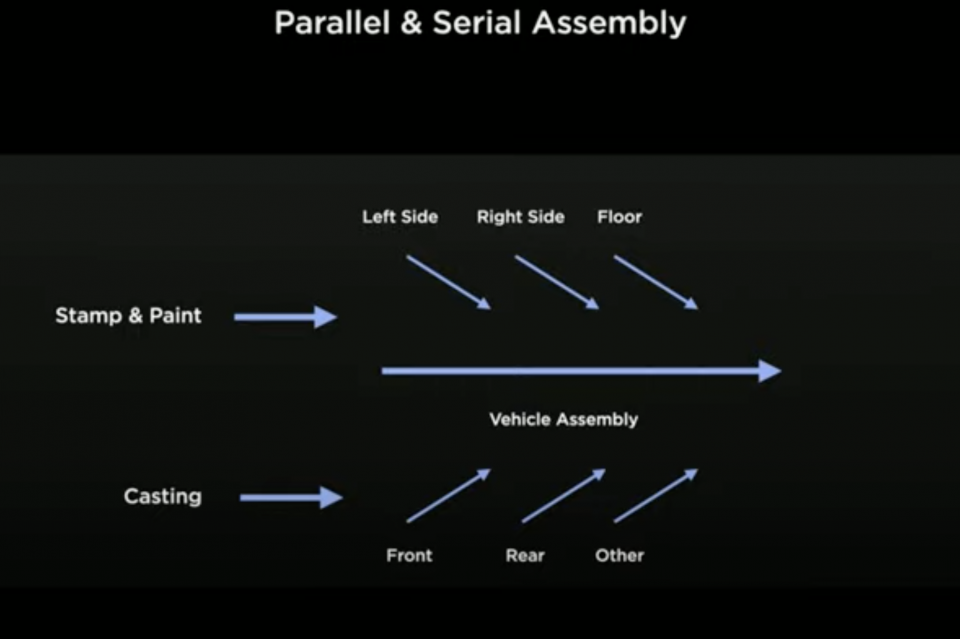
“Our next generation platform is more than one segment and it’s really worth thinking about all the segments that are available that we haven’t captured and where the market would be, in designing it with our supply chain partners so that we can go quickly through those segments for where we need.
“If you make a car desirable, and affordable. You know, oftentimes it doesn’t necessarily matter what segment it’s in, because it’s one that you bought.”
Mr Moravy pointed out the Model 3 has proved enormously successful, defying commentators who thought its sedan body style would hinder it.
The new Mexican plant, to be built in the northern state of Nuevo Leon, will be supplemental to Tesla’s overall production, with the company planning to increase output at all of its other plants.
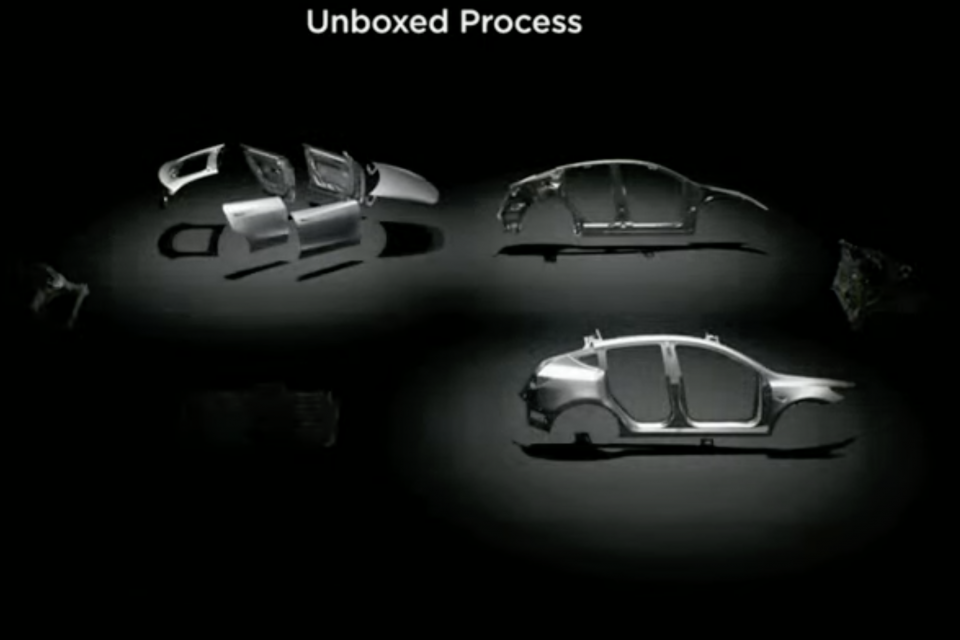
While details on what shape the next-generation vehicles will take weren’t forthcoming, the company did detail the new production process that could cut costs by up to 50 per cent.
“Cost reductions don’t come from any one place… We have to go through everything,” said chief financial officer Zachary Kirkhorn.
The company said further cost savings will be found in the robotaxi version of the next-gen model.
Tesla says it already took out 50 per cent of costs from its Model S and Model X to its Model 3 and Model Y, and wants to do it again.
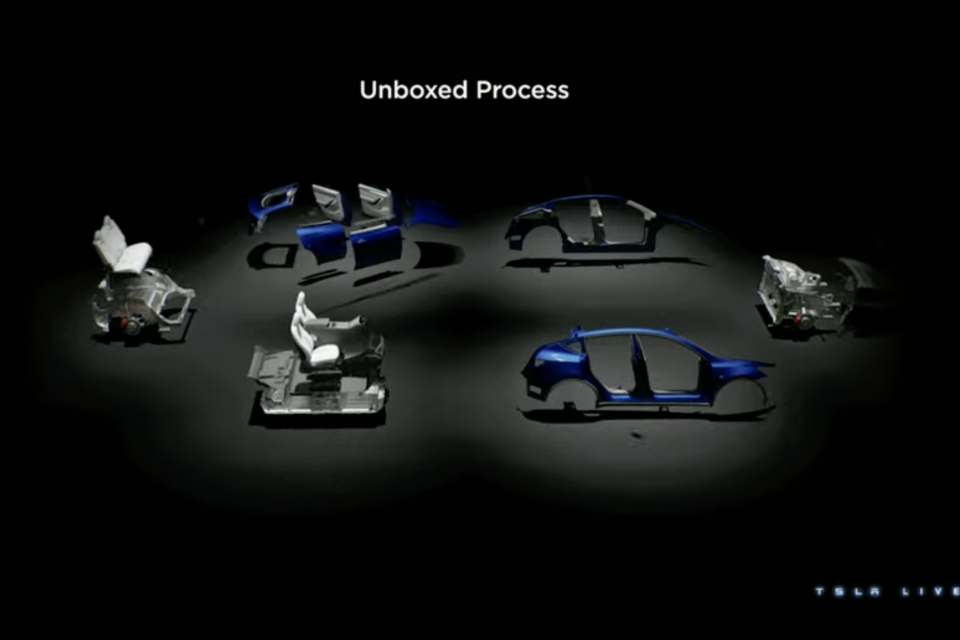
It says past Tesla vehicles were designed first, then engineered, then manufactured. But with the next-generation model, it wants to bring the design, engineering and manufacturing teams together from the beginning.
The company pointed out the inefficiencies of traditional vehicle manufacturing, saying it’s at “the tail end of its manufacturing optimisation” just over 100 years since Henry Ford opened his first assembly line.
In particular, Mr Moravy cited how the doors are attached to the vehicle and painted before being removed again, though Tesla design head Franz von Holzhausen crowed about Toyota executives calling the Model Y a “work of art”, citing this Automotive News report.
The solution involves having more people working simultaneously on smaller parts of the vehicle, for claimed operator density and space time efficiency improvements of 44 per cent and 30 per cent, respectively.
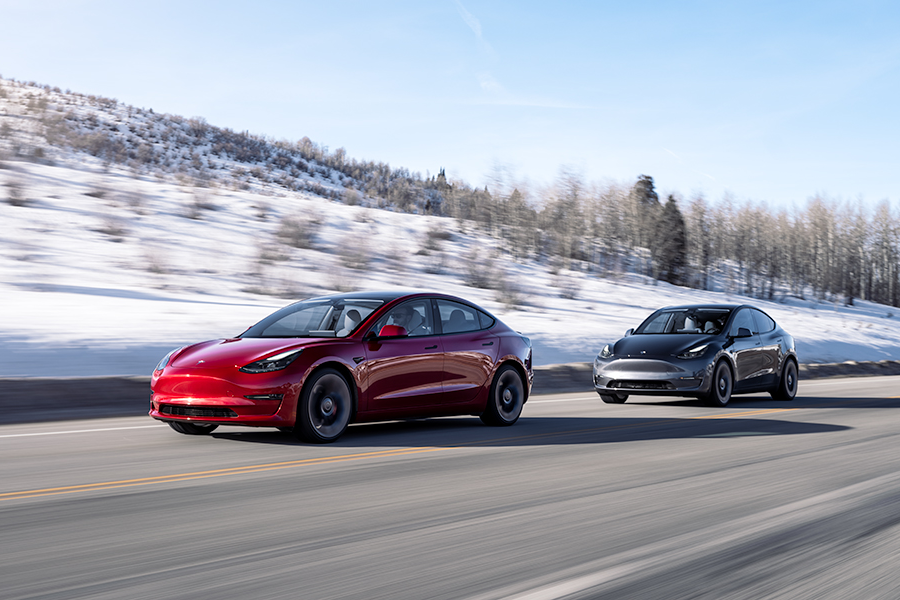
This will improve with further automation on the production line.
“We [will] only do things that are necessary, with a much shorter final line blocking a lot less of the rest of the factory,” said Mr Moravy.
“We [will] build all the sides of the car independently, only paint what we need to, and then we assemble all the parts of the car once and only once.”
“It means we’re doing more work on the car more of the time,” Mr Moravy added, noting there will be fewer slow, inefficient movements of heavy machinery.
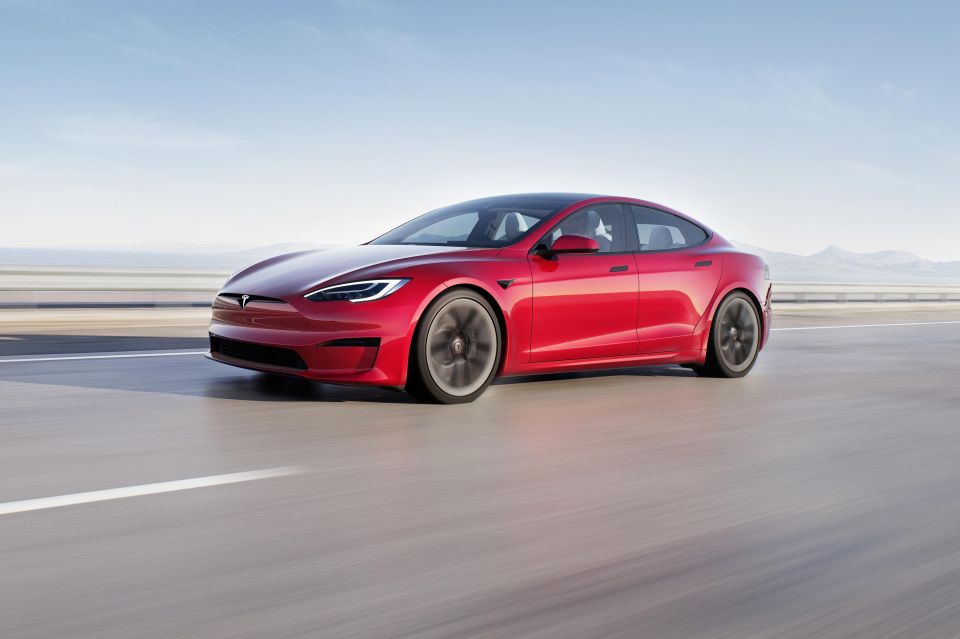
The interior would be attached from the top down or bottom up, and the doors would be added at the end – not attached, detached and attached again.
Tesla says these new production methods aren’t likely to be employed on current vehicles as it would necessitate extensive factory retooling, so you can ignore the use of a Model Y in these diagrams.
The company has said its line-up could swell to as many as 10 vehicles by 2030 as it targets 20 million annual sales.
It currently offers the Model 3, Model Y, Model S and Model X, with the Cybertruck soon to enter production but the Roadster delayed until 2024.
The Model S and Model X are now produced only in left-hand drive.
Where expert car reviews meet expert car buying – CarExpert gives you trusted advice, personalised service and real savings on your next new car.
William Stopford is an automotive journalist with a passion for mainstream cars, automotive history and overseas auto markets.


Damion Smy
20 Minutes Ago
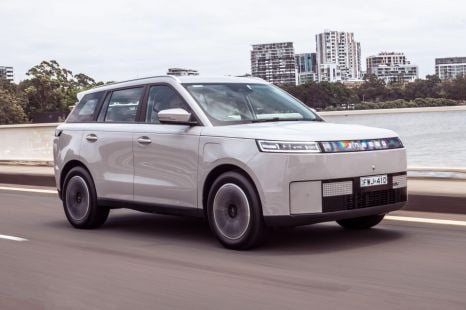

Josh Nevett
2 Hours Ago
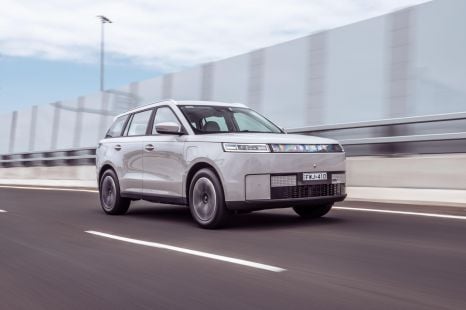

Josh Nevett
2 Hours Ago
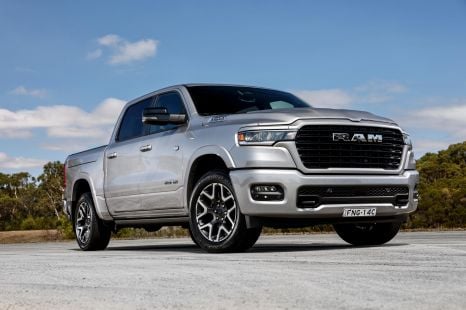

Damion Smy
3 Hours Ago
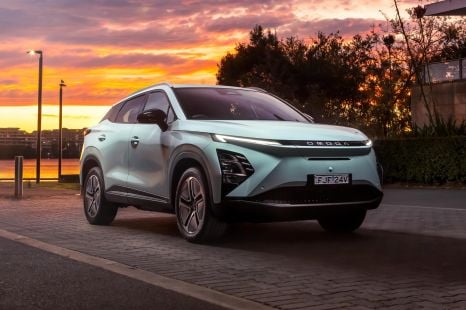

CarExpert.com.au
3 Hours Ago
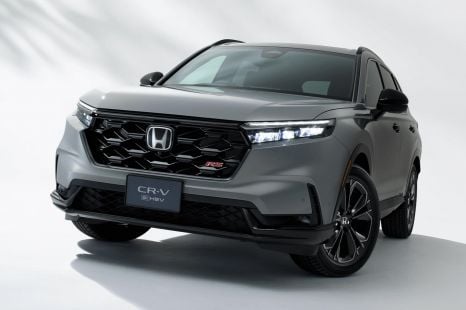

James Wong
4 Hours Ago